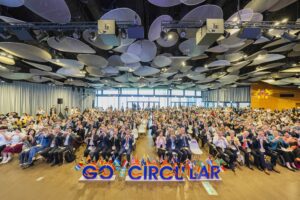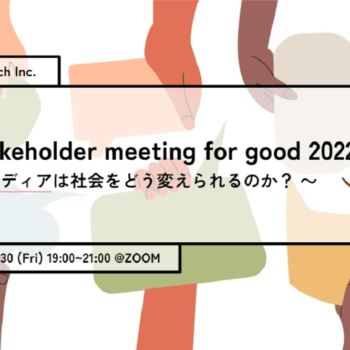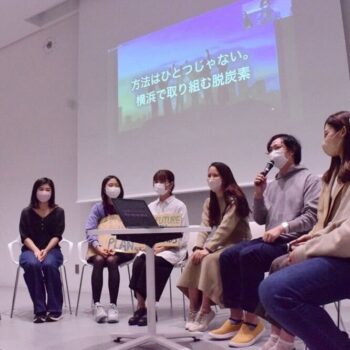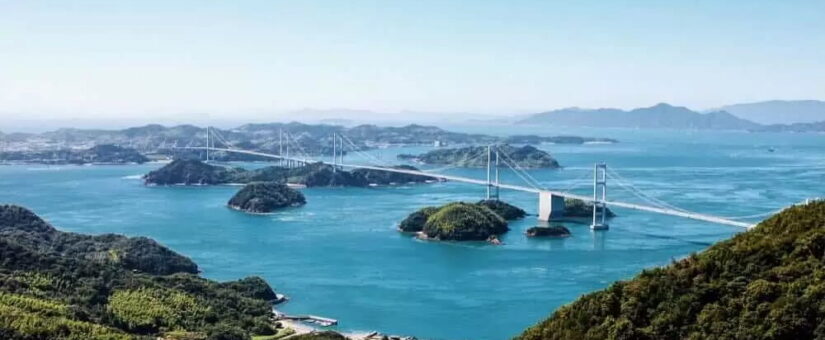
IDEAS FOR GOOD will hold Seto Inland Sea Circular Economy Tour
- On Nov 15, 2022
- art, Circular Economy, IDEAS FOR GOOD, industrial waste, Kagawa, Seto Inland Sea Circular Economy Tour, social good, Teshima incident, waste
IDEAS FOR GOOD, Harch’s web media platform which gathers ideas for improving society, will hold an event titled “Seto Inland Sea Circular Economy Tour: Rethinking the relationship between humans and nature through manufacturing, waste and art.” The event will be held from November 25th to 27th.
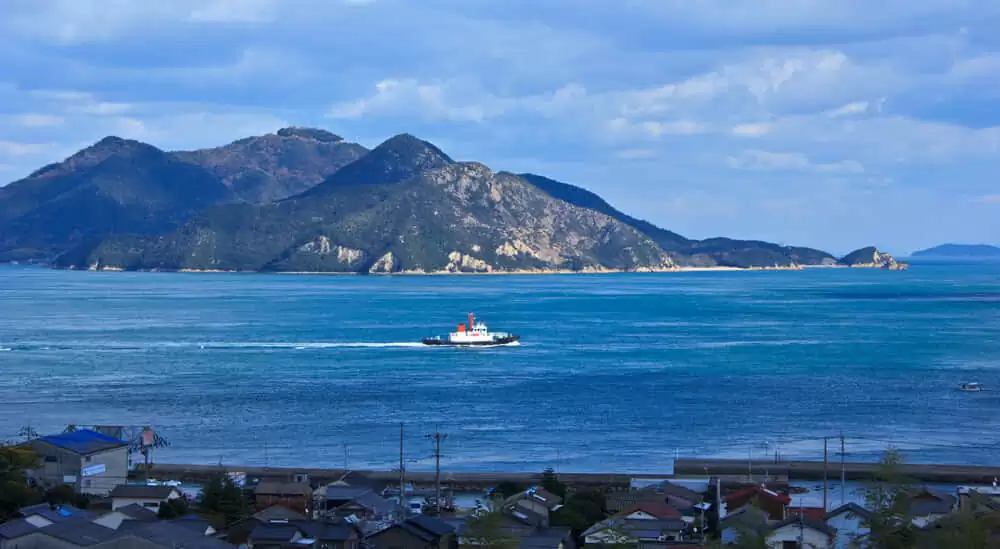
The Seto Inland Sea, where the gentle and beautiful sea stretches out
IDEAS FOR GOOD runs a social good experience program titled “Experience for Good.” The setting for this particular event is the Seto Inland Sea, a place blessed by gentle seas and climate, beautiful nature, and rich food and culture. Even now, it is a place where traditional manufacturing culture is here to stay.
The travel theme this time is the circular economy, a new economic and societal concept that is gaining attention throughout the world in the face of urgent societal issues such as the climate crisis. The Seto Inland Sea contains the essence of thinking about the true nature of circularity.
In this trip, we will grasp the history, present, and future of the Seto Inland Sea from three perspectives. These are the manufacturing that is rooted in the history and culture of the area, the waste problem that is reflected in the contradictions of our current linear economy, and the art that poses questions for the future. Along with event participants, we will rethink the relationship between humanity and nature, and explore hints for realizing the circular economy. Here we present several highlights from the trip.
Learning from stones, the essence of the relationship between humans and nature
Mure Town and Ajicho Town are located in Takamatsu City in Kagawa Prefecture. These areas are known as the production area for Ajicho Stones, the best inscribed stones in Japan which are called “granite diamonds,” and for the globally famous sculptor Isamu Noguchi taking up residence here. Facing these stones means facing nature. That is because stones are the very first tools that humanity began using. They are the beginning of technology and civilization. Another reason is because sculpting stones is the very first instance of humans meddling in nature.
The German artists Joseph Beuys once suggested the idea of societal sculpting. He asserted that everyone is an artist that has creativity. We humans have certainly sculpted the earth through our various activities and have gradually changed its shape. What kind of impact are our actions bringing about now? As a group of sculptors, how can we carve out a better future for the collective?
In this tour, participants will visit Yashimaru, an exchange facility made by using around 30,000 Ajicho Stones, as well as the AJI PROJECT, which conveys the charm of Ajicho Stones to the present through stylish product design. While thinking about humanity’s history in which we remade nature, we pursue the essence of the relationship between humans and nature.
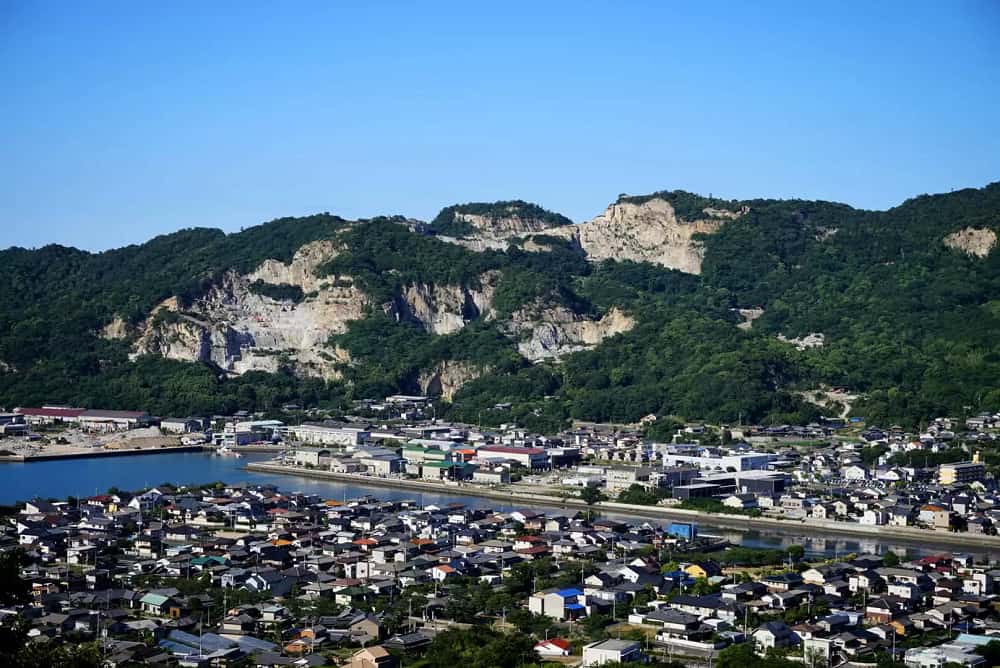
Ajicho Town and Mure Town in Kagawa Prefecture. Known as a place where the rock surfaces used for excavating Ajicho Stones stretch out before your eyes, and where these stones representative of Japan are made.
The site of Japan’s worst industrial waste incident. What we can learn from Teshima
In this way, human technology and science that began from stones has made our lives richer and more convenient for a long time. However, it has given rise to the systems of mass production, mass consumption, and mass waste, and the negative externalities following from them. The Teshima Incident could be called a symbolic incident representing those negative externalities. It was Japan’s worst industrial waste illegal disposal incident, and took place in Teshima in Kagawa Prefecture, during the period of high economic growth in the 1970s.
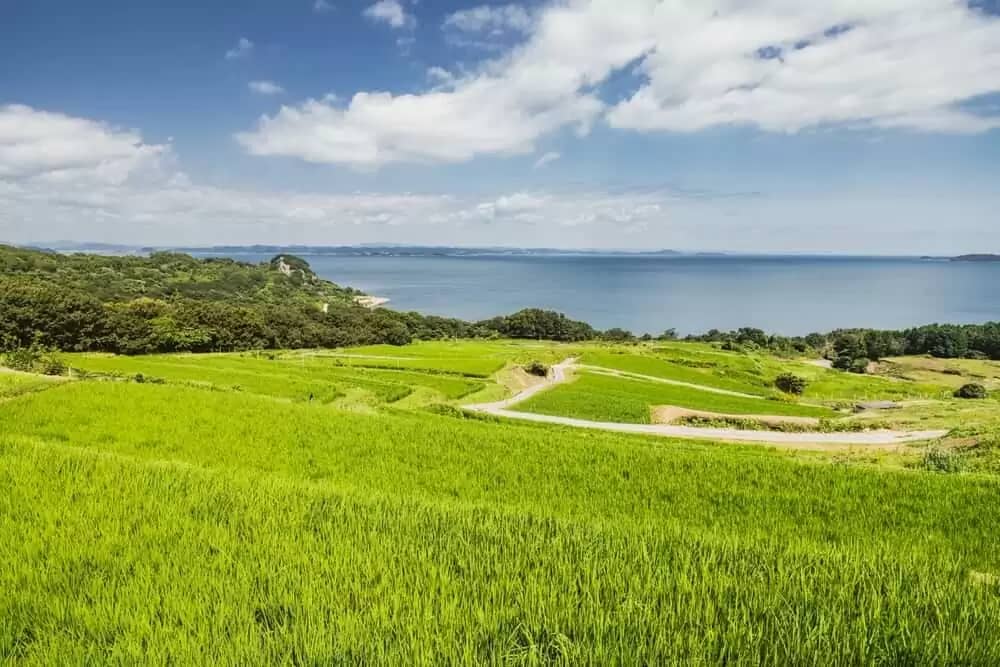
Teshima in Kagawa Prefecture, the site of Japan’s worst industrial waste illegal disposal incident. Currently known as an island of art, and famous for Teshima olives.
The Teshima incident leaves us many important lessons for thinking about Japan’s sustainable future, including the state of the circular economy and resident self-governance. Nevertheless, most people do not know the essence of these issues, and do not even know about the incident at Teshima. And even besides that history, even now the Seto Inland Sea is overflowing with plastic waste, and clothing collection sites have large piles of clothes that were thrown away without even being worn once. In this trip, we will learn about the essence of the waste issue from Toru Ishii, a Teshima resident that fought illegal waste disposers and the government as someone concerned with the Teshima incident.
Furthermore, to experience the contradictions of the linear economic system that we continue to use now, participants will visit the Yamajiro Recycle Plaza Waste Cloth Studio. They will also learn how to confront the ocean waste problem from Keiji Morita of the non-profit organization Archipalego, which has long continued making efforts for the ocean waste problem in the Seto Inland Sea.
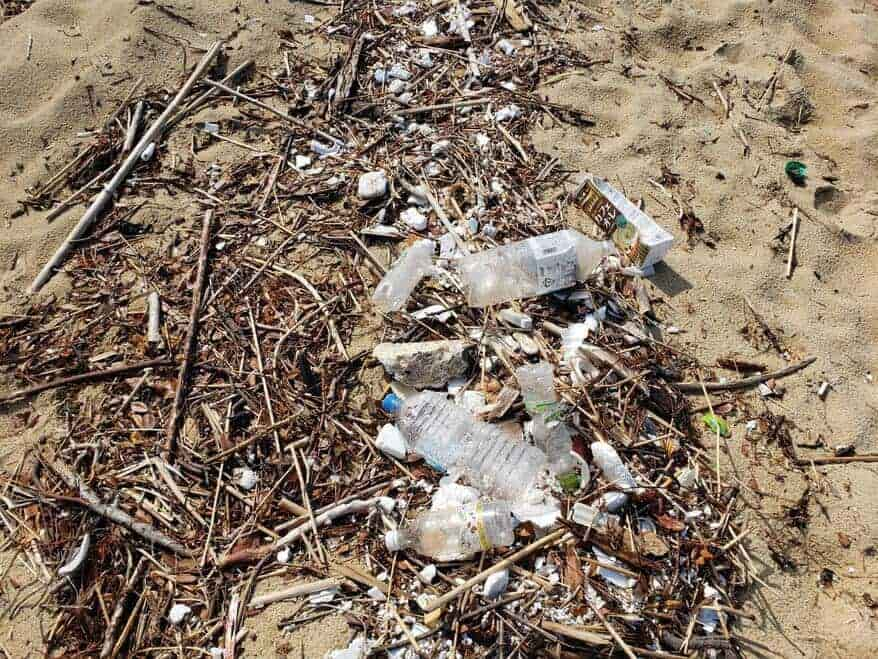
Ocean plastic drifting ashore on the Seto Inland Sea and Shamijima shore
Practitioners trying to achieve a circular future
The most important thing to take away from this trip is not just the opportunity to learn about issues facing Japanese society and the Seto Inland Sea. It is also the chance to encounter and connect with local practitioners who are moving towards solutions.
We will visit unique practitioners in the Seto Inland Sea, including the local apparel maker Naka Shoji, who is aiming to open the Ajiro Circular Park for sharing circular lifestyles rooted in the Seto Inland Sea from Ajicho Town in Kagawa Prefecture, and the Udon Marugoto Circular Project, which makes efforts towards biomass electrical generation using residue from Kagawa’s famous udon. Along with participants, we will think about Japan’s circular future from the Seto Inland Sea and connect it to joint creation.
Raising questions through art
The last element that is indispensable to this trip is art. In this journey, we will visit the AJI PROJECT, which beautifully processes Ajiro Stones, as well as the Teshima Museum, which unifies nature and architecture, and was admired as the world’s best museum of its type in a British arts magazine.
Placing ourselves in the middle of great nature and art, and opening our five senses in that nature, gives rise to questions about the future within nature and our minds without having to rely on words. At the Seto Inland Sea, known as a holy place for modern art known due to the Seto Inland Sea Arts Festival, we face ourselves using art as a mirror, and listen to the voices in our minds and our innermost wishes. When you return to your normal life after the trip ends, those inner voices can be a great source of energy for your next actions.

Teshima Art Museum / Outer Appearance via Shutterstock
Recommended for the following kinds of people
- Those who have an interest in circular economy efforts in the region
- Those who are interested in the Seto Inland Sea
- Those who want to grasp society through art and Japanese traditions
- Those who want to connect with people who are interested in the circular economy
- Those who want to practice circular lifestyles
In addition, anyone who is interested is very welcome.
[Reference Page] IDEAS FOR GOOD “Seto Inland Sea Circular Economy Tour: Rethinking the relationship between humans and nature through manufacturing, waste and art.” (in Japanese)
[Related Site] IDEAS FOR GOOD (in Japanese)


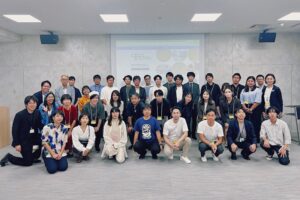
![[Circular Yokohama] Event Report | YOKOHAMA CIRCULAR FASHION GATHERING: Envisioning the future of textile circulation across industries](https://harch.jp/wp-content/uploads/2025/10/YOKOHAMA-CIRCULAR-FASHION-GATHERING-300x200.jpg)
![[Zenbird] Reframing what waste can be through the lens of Kanagawa Sustainability Tour (Report)](https://harch.jp/wp-content/uploads/2025/11/zenbird_tour-report_202511-300x200.jpg)
